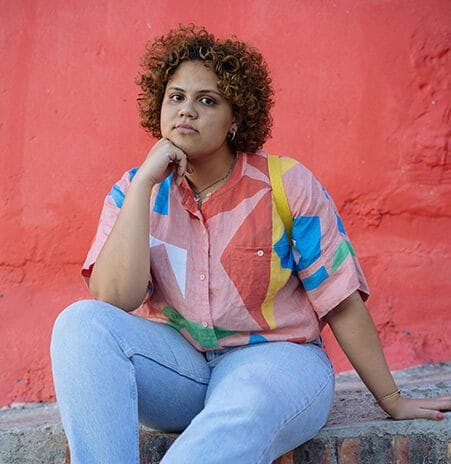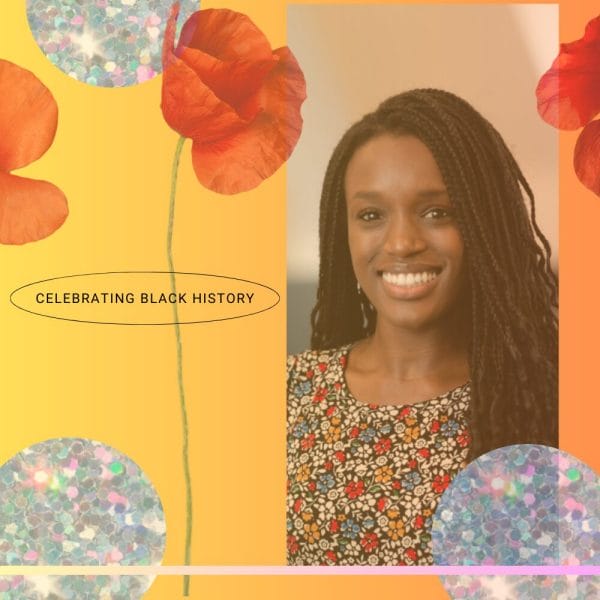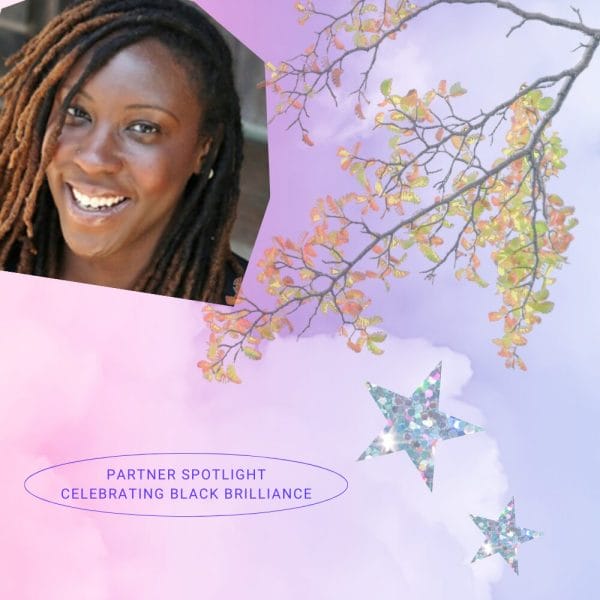Remember the beginning of the year?
In January 2020, we launched a project designed to leverage tech to help queer teens and young adults live happier, healthier lives. We started the year traveling around the country, talking to young folks and the adults who work with them, getting a deeper sense of what young LGBTQ+ people experience and need.
Then, like everything else, these visits went virtual, and both the role of technology and the unique ability to witness queer youth thrive in extenuating circumstances took on new meaning.
One of the central questions that emerged during our project’s discovery phase was: how can we learn more about the ways in which queer young people are thriving and how can we best leverage tech in this moment for resilience and improved mental health? As we talked to young people we noticed that young LGBTQ+ folks aren’t just dealing with or coping with their circumstances, but some are actually able to build resilience and thrive. As we co-create our intervention, we will tap into these resilience-building mechanisms.
In the spirit of sharing our learnings with others, I recently hosted a panel and Q&A called “Queer and Thriving: what we need to know from research to support resilience among LGBTQ+ teens and young adults.”
Drs. Shelley Craig, Ph.D., LCSW, and Lance T. McCready, Ph.D. joined us from the University of Toronto to help us unpack some of the hidden dynamics and nuances inside our question.
Our distinguished panelists went both deep and wide on this.
Here are three gems that have been bouncing around my head ever since:
1. Online is a critically important space for LGBTQ+ youth
Even today, research shows that overall, online spaces continue to be safer for LGBTQ+ youth than offline ones. Across the U.S. and Canada, queer youth still face high levels of bullying, harassment, and violence at school and in their communities.
Online, a young queer-identifying or questioning person can find information that they may not have access to anywhere else. They can find community and social support that affirms and celebrates them. They can find themselves represented more frequently and more authentically than they can in traditional media. They have opportunities to explore and develop identities in a safe and affirming way.
LGBTQ+ youth expect to create their own content, and expect to view content created by their peers. It’s expression. It’s visibility. It’s selfhood.
The online space becomes a playground for youth to experience and experiement with what a queer-affirming world can look and feel like.
2. Follow young peoples’ lead on content and programming
I know, this sounds obvious. Young people know what they want and we just need to get a bit better at listening.
But what Drs. McCready and Craig impressed upon us was the extent to which queer youth are already doing the work of connection and social support. They are online, supporting each other, making their own content, creating the communities that they need. Many brick-and-mortar institutions are figuring out how to deliver these grassroots, support services and community building opportunities online, and they can turn to the experts: youth themselves.
This isn’t to suggest that structured services and programs aren’t necessary or useful, but rather to stress that: 1) the digital space is ripe for LGBTQ+ youth engagement; and 2) Supportive adults working in formal service delivery systems are not the ones leading here.
Often, as researchers and clinicians, we design interventions based on theory and evidence from existing literature that still reflects predominantly white, relatively homogenous LGBTQ+ experiences. Meanwhile, diverse communities of LGBTQ+ teens and young adults are creating content that meets their specific needs, sometimes evolving to fill in where available services have failed to reach.
Our panelists provided helpful framing to a perennial question: when we see a lack of diversity in programming, should we be putting our energy into diversifying that program, or should we be putting our energy into supporting the diverse ways that LGBTQ+ youth are already seeking support and enacting support for each other?
We’ll be taking this question back to our project team for further exploration, and we hope you can do the same.
3. Today’s queer youth hold intersecting, mutually informing identities
Queer youth identities are mutually informed by other identities they hold—race, religion, language, country of origin, economic background, just to name a few. And we need to understand this. These various social identities and how they interact with one another, influence the kinds of services and products that resonate with the people we’re hoping to engage.
If we want to provide services for unstably housed LGBTQ+ youth, for example, we have to consider, what does it mean for someone to identify as being “homeless”? Whom might we be leaving behind by committing to that language?
Consider also how many physical LGBTQ+ spaces are in neighborhoods that are increasingly expensive, and farther away from where many young queer people can afford to live. Now, adding to issues of physical access, there’s also an ethnocultural divide. As Dr. McCready put it, “when you have to leave your home community in order to get served as an LGBTQ+ person, what additional meaning does that make for you?”
As service providers, considering these multiple social identities and the implications for access to or interest in services is key.
What this all comes back to, for me, is co-creation.
It’s not enough to be designing in a lab and then delivering to youth, when they have expectations around producing content and designing services themselves. It’s not enough to solicit their input when they are the ones who have built existing communities and structures of support. Our evidence-based interventions are only useful if youth are involved in tailoring them to be highly acceptable and desirable.
Here at Hopelab, we’re taking these learnings and moving deeper into the co-creation process for our milk project. We are experimenting with transitioning away from a more traditional youth advisory model, to a collective of youth experts that are compensated as part of our team to create content alongside our staff of designers, interventionists, and technologists. We thank Drs. Craig and McCready for adding their expertise and wisdom to this process.
You can view the full panel replay here.
Tell us something we don’t know! If you have a perspective to add, or are interested in participating in one of our panel discussions, we’d love to hear from you.





